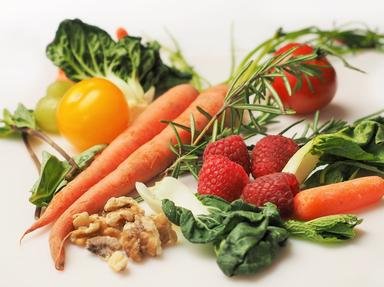Quiz Answer Key and Fun Facts
1. Now popular in many parts of the world, which apple with an acidic taste, green skin and white flesh was first developed near Sydney in 1868 by Maria Ann Smith?
2. What is the name of the crimson-colored fruit with tasty flesh, that sometimes also goes by the name of 'Wild Peach'? The answer would also be great (although a little long) to get rid of one of those 'difficult' letters in Scrabble!
3. Many Acacia ('wattle') tree varieties provide an excellent alternative flour for bread making and other baking purposes. What part of these trees is ground into the flour?
4. Which green citrus fruit grows in 'finger' and 'desert' varieties in Australia?
5. Native to Australia, which nuts are now grown and eaten in many parts of the world? The nuts are pale yellow, fairly soft (compared to many other nuts) and have a buttery taste.
6. What alternate name is given to the edible berries from the Muntries (Kunzea pomifera) bush? Perhaps this flightless Aussie avian eats them?
7. The pencil yam, or bush carrot, has been an important food resource for inland Australian Aboriginals for tens of thousands of years. Based on the names, which part of the plant is eaten?
8. The large, edible tubers of Rock Morning Glory, a common food resource in central and northern Australia, can be roasted, fried, baked and eaten raw. This is the bush version of which vegetable, popular in fast food outlets and as a staple in many diets?
9. Many meals are incomplete without the addition of green vegetables. Which native Australian green vegetable was used by Captain Cook to help ward off scurvy? Popeye would be proud!
10. What is the generic term in English used to describe these Australian fruits and vegetables, that have been eaten by Aboriginal people for tens of thousands of years?
Source: Author
MikeMaster99
This quiz was reviewed by FunTrivia editor
jmorrow before going online.
Any errors found in FunTrivia content are routinely corrected through our feedback system.
